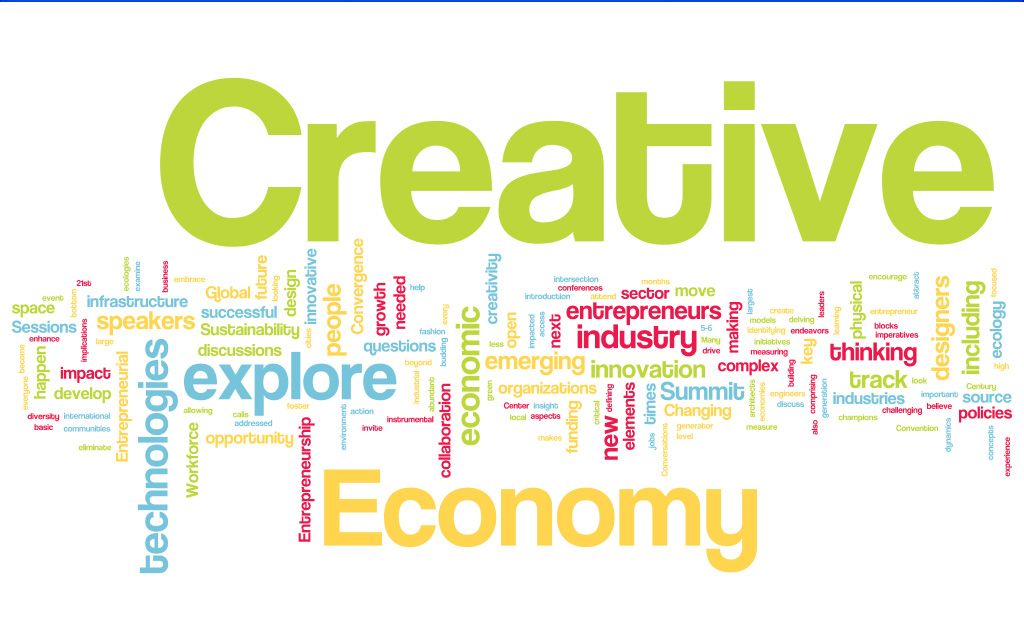Today, my countdown widget reads 115 days until Commencement, and I’ve just filled out my intent to graduate form. I will soon be a “Master,” which by definition is a person who has dominance or control of something. Yet as I sit here typing, I feel no closer to being dominant or in control of the fundamentals of arts management. (I think all of us should be called “scholars” because we’re all still learning.) Two years of anything isn’t enough to make you expert, though it does make you aware of the possibilities. Too, it offers up little nuggets of inspiration, motivation, and opportunities to learn more. So, for my final post of my final semester, I’m going to take a trip down memory lane and offer up to the blogosphere the important things I’ve learned in each of the nine courses I have successfully passed, and surmise the outcome of three I’ve yet to complete. For me, this is a yearbook of two years worth of hard, nose-down work. For readers, this is a chance to do as one usually does with information: take what you can, use what you take, and, whatever you find useful, pass it on to someone else.
Art & Cultural Policy
 Did you know that U.S. policymaking in the cultural sector is spread throughout the government, involving some 200 programs in at least 30 different federal agencies? Yes, the NEA isn’t the only policy pusher when it comes to the arts. Enacting new policies at the intersection of arts and culture–and defining policy in general–is tricky but it can be done. We need to demand it of our government and we need to work together to achieve it.
Did you know that U.S. policymaking in the cultural sector is spread throughout the government, involving some 200 programs in at least 30 different federal agencies? Yes, the NEA isn’t the only policy pusher when it comes to the arts. Enacting new policies at the intersection of arts and culture–and defining policy in general–is tricky but it can be done. We need to demand it of our government and we need to work together to achieve it.
The Drucker Difference
Peter Drucker is one of the best-known and most widely influential thinkers and writers on the subject of management theory and practice. He is also the name-sake of my graduate school. His contributions to the field are ten-fold, so there is a lot I could say about him. The most important thing for me is his idea that lifelong learning is a necessity. Drucker says, “We now accept the fact that learning is a lifelong process of keeping abreast of change. And the most pressing task is to teach people how to learn.” If we’re constantly learning, we’re always evolving.
The Community Formerly Known as the Audience: Adapting Arts Organizations in an Era of Infinite Choice

How can the arts best address the growth of audience involvement? What exactly is audience involvement? I found the Audience Involvement Spectrum pictured here to be incredibly informative, shattering the myth of the passive spectator and visually depicting all the ways that arts organizations can adapt to make their programs more engaging, creative, and valuable for patrons. But the most useful perspective I gained from this course was that of my professor, ArtsJournal editor Douglas McLennan. He has a wealth of knowledge and I feel privileged to have had opportunities to pick his brain. Here’s a clip from his ArtsStrategies interview on how arts organizations can build meaningful communities.
Finance and Accounting for Non-Profits
I will never look at an IRS Form-990 the same way again. I suggest that anyone who is interested in working with, at, or for an arts non-profit obtain basic knowledge of finance and accounting. Learn to read a balance sheet, a 990, and how to ascertain the financial health of the organization you are interested in working with. It is important and really not as scary as you may think. I mean, I got an A in this course and the last time I took a math class was during my Junior year of high school, ten years ago. To get started, I suggest these texts: Not-for-Profit Accounting Made Easy by Warren Rupel; Good to Great and the Social Sectors by Jim Collins; and Sarbanes-Oxley for Nonprofits by Peggy M. Jackson and Toni E. Fogarty. I can’t stress enough the importance of knowing what is going on financially in your organization–and many people don’t!
Theory and Practice of Arts Management

This course promised that I’d:
• Become an effective arts manager who envisions and positions my institution in the largest possible social context;
• Be able to negotiate the real world challenges of competing priorities; and
• Develop and lead an arts organization.
Not sure if I’m fully there but I did take away a lot of real world advice from a multitude of guest speakers–men and women who were able to speak frankly about board development, fundraising, grant writing, capital campaigns, human resources, nonprofit law, public engagement, and arts education. In the arts, we need to keep seeking out, establishing, and growing relationships with people working in these many different areas of the arts. Talk to people who have been there and done that. They will be your greatest assets.
The History and Theory of Museums

The Louvre in Paris, France.
The best take away from this course that I can offer you is this: all museums should operate under the notion that their primary relationship is not with their collection but with their visitors and other clients. This has been a shortfall of many great museums. (Speaking of great museums, try to visit The Louvre at least once in your lifetime.)
Practice-Based Research for Arts Leaders
One of the biggest problems facing the art world today is a general lack of knowledge about assessment and evaluation of programs, services, missions, and ideals. How do we go about proving our worth to patrons and funders? This course brought up so many questions that definitely need answers. What it really drove home to me is that assessment and evaluation are the most critical tools in determining the successes and failures of an organization. It provides measurement, aids in programatic improvements, and helps to make outcomes and impacts visible. When that is done, the organization can advocate for their missions, values, practices, and interests, as well as those of their funders and constituents. Evaluation is accountability-in-action. So, my advice to you is to get on the assessment train. It’s already a sought-after skill in the arts.
The Practice of Self Management
Sometimes the best thing to do for yourself and your organization is take a break and focus on the positive things in life. Practicing mindfulness meditation has changed me; I feel refreshed and self-aware. Give it a try. Seek out a YouTube video, a meditation retreat, or download mindfulness meditations from iTunes. You’ll be surprised how you feel afterwards–and this is coming from a skeptic who doesn’t like to deal with feelings.
Organizational Behavior
Know and understand the culture you’re entering into. It’s not easy to find a good job and it’s even harder to find a good job that is the right fit for you. 11 Ways to Gauge Your Next Employer’s Culture by George Anders is geared towards corporate culture, but it’s still a great resource to have in your career toolbox. Another suggestion: take a Myers-Briggs Type Indicator Test. It’s wonderful how much this little Q&A can reveal.
In the coming months, I still have a few courses to tackle: Marketing Management; Culture, Creativity and Communities; and an Arts Management Consulting Practicum. I don’t know exactly what new knowledge they’ll bestow but I’m sure, as with everything else, that I’ll learn much more than expected.
To end, I want to encourage you to keep learning and disseminating knowledge. If there’s one thing I’ve learned through all of this, it’s that the art world is shifty and unwieldy and we all need to be allies. I’ve found that most arts-minded people believe in the cathartic, life-altering power of the arts as much as they believe in the importance of air, water, and land. I’ve realized that we artists, managers, students, and supporters all want the same thing: for the creative economy to burst forward and work its way into all parts of life. To do this, we need to work together.
Much Love.




Pingback: Week in Review | 01.26.13 | Art21 Blog